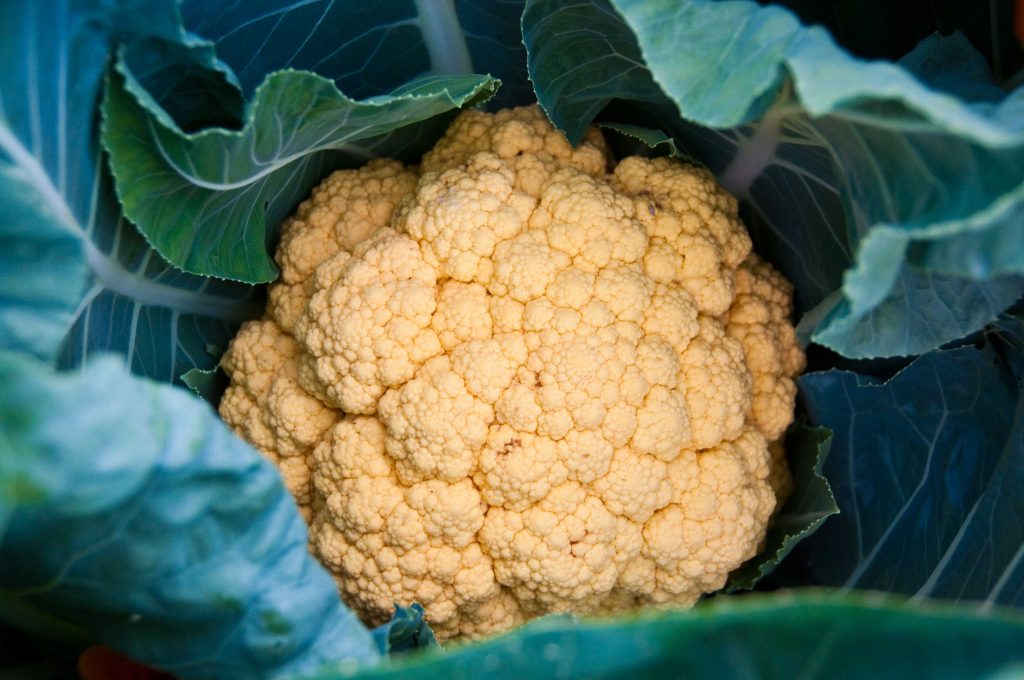Lack of minerals such as magnesium and chromium among others induce a sugar craving. Photograph by Artizone/Flickr
A craving for sugar and the sugar rush that follows after you consume it is a vicious cycle. When you eat sugar, the blood sugar levels rise, releasing insulin, which in turn triggers dopamine, a neurotransmitter that generates the “rush”. The sudden release in insulin sees a drop in blood sugar levels. “So then your body starts craving for the lost sugar again, but when the body develops an insulin sensitivity then it cannot use these sugars that we consume, which are turned into fat and cause diseases such as diabetes and obesity,” says Dr Saurabh Jain, physician at Cumballa Hill Hospital in Mumbai, “Craving for foods such as chocolates points to a deficiency in minerals such as magnesium, chromium, carbon, phosphorous, sulphur and tryptophan.”
The levels of all these minerals can be imbalanced also because of the lack of certain foods in our diet. Magnesium is naturally found in nuts, seeds and vegetables. You can increase levels of chromium in the system by eating a moderate proportion of chicken, peas and grapes. Carbon is a mineral that is present in fresh fruits. Dairy products and beef, besides nuts and vegetables contain phosphorous. To get rid of a sulphur deficiency, you can add cranberries, cabbage and cauliflower to your diet. Says Jain, “Tryptophan is in fact an amino acid and it can be found in cheese, sweet potato, raisins and spinach.”
 Cauliflower, which is a much loved vegetable by those on a keto diet, helps get rid of a sulphur deficiency. Photograph by big dubya/Flickr
Cauliflower, which is a much loved vegetable by those on a keto diet, helps get rid of a sulphur deficiency. Photograph by big dubya/Flickr
Unfortunately, while there are no tests to determine the extent of the deficiency or the exact nature of deficiency of minerals in the system, eating healthy is the key to bringing a balance in vitamins and minerals.










